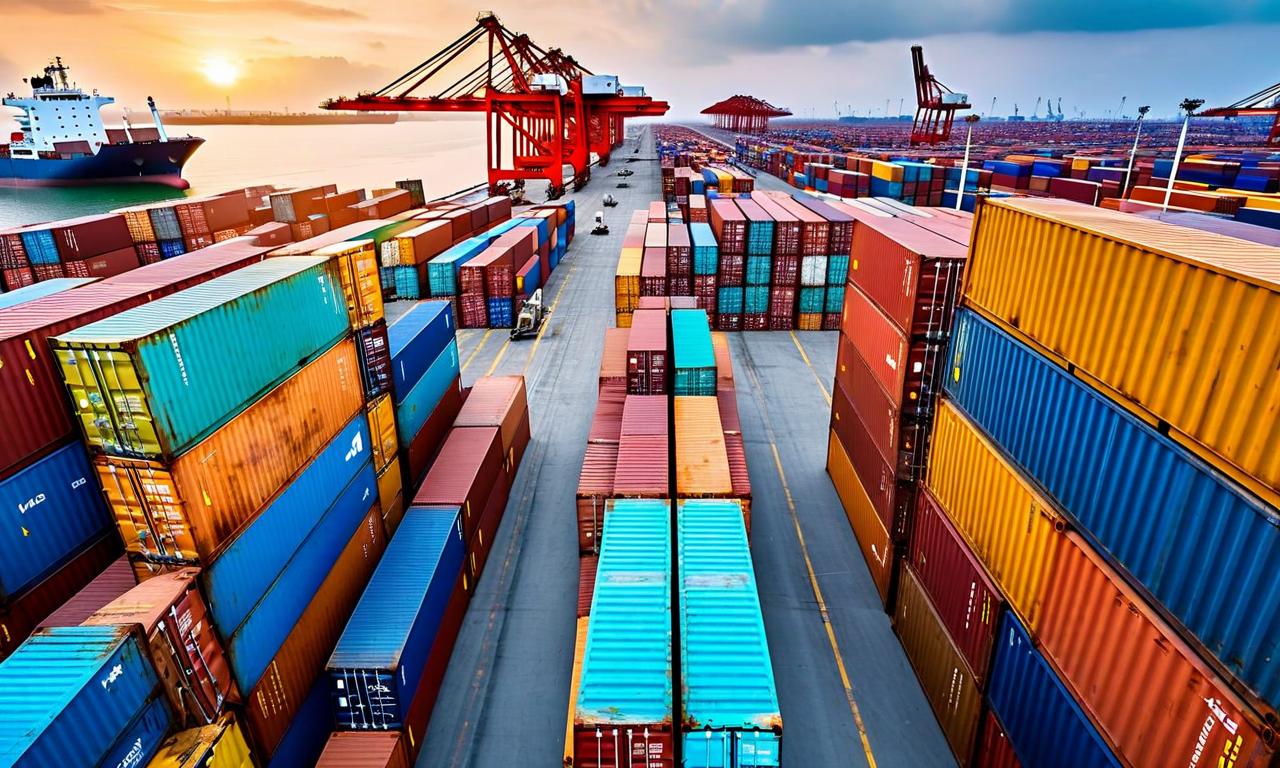IMF Reports Limited Global Response to U.S. Tariffs, Highlights Potential for Regional Integration and China's Economic Prospects
IMF Managing Director Kristalina Georgieva revealed that only 3 out of 191 IMF member countries have implemented strict countermeasures against U.S. tariffs. Georgieva emphasized adherence to Most-Favored Nation trade rules. The IMF noted an increase in regional trade integration, with potential for Asia's GDP to grow by 1.40% through enhanced regional cooperation. IMF Asia-Pacific Director Srinivasan highlighted China's economic potential in the services sector and noted incomplete reforms in its real estate market.

*this image is generated using AI for illustrative purposes only.
In a recent statement, International Monetary Fund (IMF) Managing Director Kristalina Georgieva revealed that only a small fraction of IMF member countries have taken decisive action against U.S. tariffs. This development sheds light on the global trade landscape and the varying responses of nations to protectionist measures.
Key Findings
- Out of 191 IMF member countries, only 3 have implemented strict countermeasures against U.S. tariffs.
- The vast majority of member nations have not yet responded to these trade restrictions.
Trade Policy Recommendations
Georgieva emphasized the importance of adhering to Most-Favored Nation (MFN) trade rules, a principle of the World Trade Organization (WTO) that ensures non-discriminatory treatment among trading partners. This call to action underscores the IMF's commitment to maintaining a fair and open global trading system.
Regional Trade Integration
The IMF chief also noted an increase in regional trade integration. This trend suggests that countries may be focusing on strengthening economic ties within their geographical regions, possibly as a strategy to mitigate the impact of broader global trade tensions.
In line with this observation, IMF Asia-Pacific Director Srinivasan stated that greater regional integration could increase Asia's GDP by up to 1.40% in the medium term. This represents a potential economic growth opportunity for the Asia-Pacific region through enhanced cooperation and integration among countries.
China's Economic Prospects
Srinivasan also commented on China's economic potential, particularly in the services sector. He highlighted that China could achieve greater economic benefits by focusing on this area. Additionally, Srinivasan addressed China's real estate sector, noting that while steps taken to improve the sector are positive, they remain incomplete. This suggests that further reforms may be necessary to fully stabilize and enhance China's real estate market.
Implications for Global Trade
The limited response to U.S. tariffs among IMF member nations could have several implications:
- Potential for diplomatic negotiations rather than retaliatory measures
- Possible hesitation among countries to engage in trade conflicts
- A shift towards regional trade agreements as an alternative to global trade tensions
As the situation continues to evolve, the global community will be watching closely to see how these trade dynamics unfold and impact the world economy. The potential benefits of regional integration, particularly in Asia, may provide a new avenue for economic growth amidst global trade uncertainties. Furthermore, China's focus on developing its services sector and addressing real estate challenges could play a significant role in shaping the region's economic landscape.





























